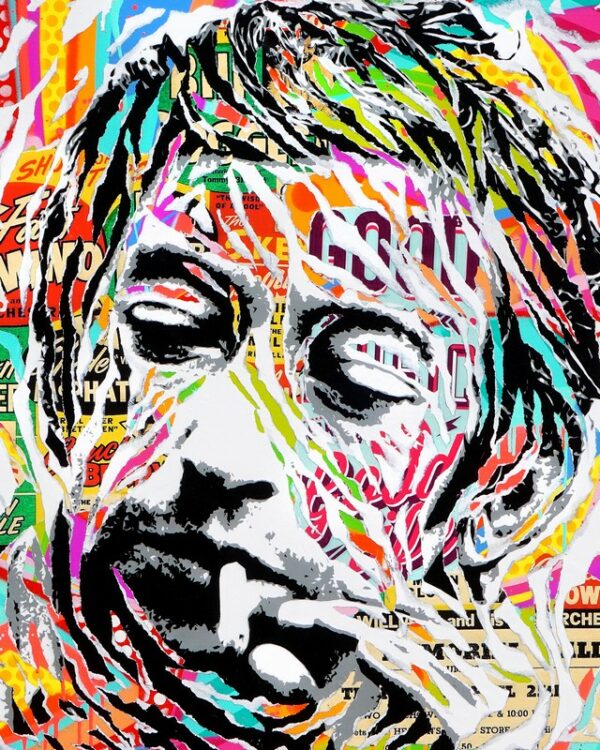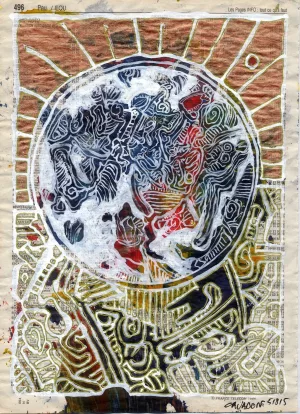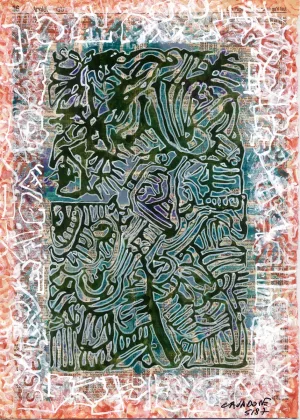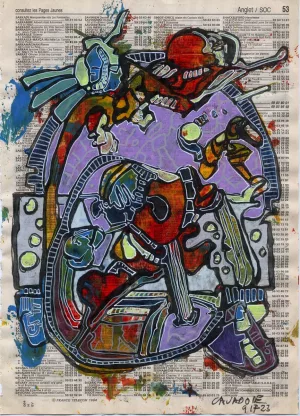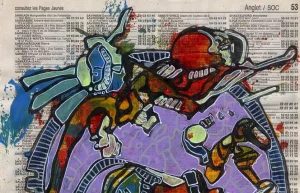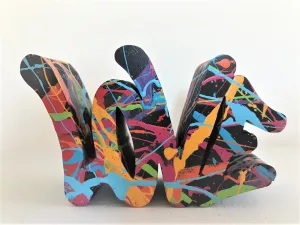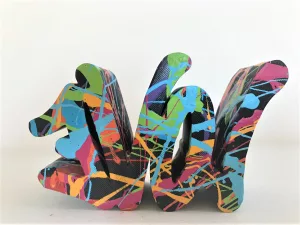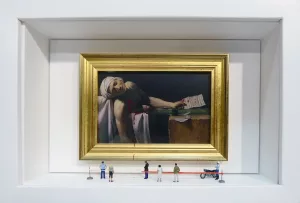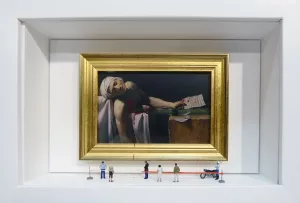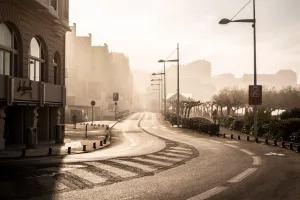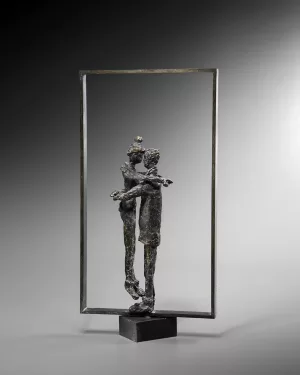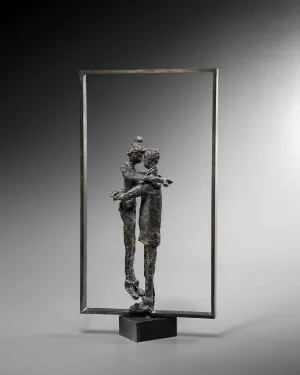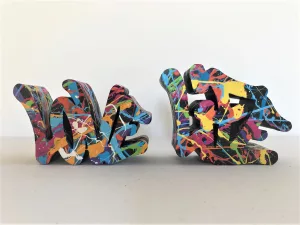Gainsbarre Imperator
Jo Di Bona
50cm x 40cm
200,00€
Delivery
The delivery time for this work is 7 to 10 days.
Good to know
We are at your disposal to answer any questions you may have about this work. you may have about this work. Do not hesitate to contact us by clicking here.
About the artist
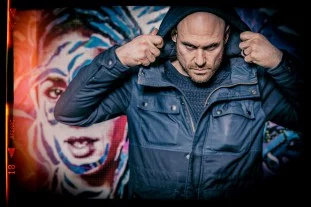
Jo Di Bona
Jo di Bona is the creator of the Pop graffiti style, which is part of the urban art movement and combines collage, various influences from graffiti and pop culture.
A key figure on the Paris street art scene, Jo Di Bona owes his dazzling success to a unique technique he invented himself: Pop Graffiti, in which he combines collage, various graffiti influences and the pop culture he's so deeply imbued with. A modern-day Fauvist, Jo blends color and movement to create faces imbued with poetry, emotion and joie de vivre. In his works, Jo pays tribute with the same tenderness to icons and great historical figures as to passing strangers, fueled by his generous view of human beings, because "the most important thing in his eyes is sharing" (Artist'up).
Jo di Bona's career is international, both in terms of his participation in international fairs and his murals abroad.
Crowned with the prestigious 1st EDF Foundation Graffiti Prize in 2014, Jo has since been chaining together international exhibitions, performances and murals. Of particular note are his immense body of work presented at the Musée de l'immigration in Paris, his large-scale walls created in Paris, at Loures Arte Publica in Lisbon or for the French Consulate in the heart of Atlanta, his presence alongside gallery owners Virginie Barrou Planquart and Joël Knafo at international shows in NY, Miami, London, Hong Kong, Lausanne,Madrid or Munich...and his monumental works at the Street Art for Mankind exhibitions in New York and Miami in 2017 and 2018.
Jo di Bona is a media-savvy street artist.
A favorite of the media, Jo has appeared on the France 2, M6 and BFM news programs, on Télématin and on Museum TV, with a 52-minute portrait still regularly broadcast on the channel. He's been featured on the covers of "Arts Magazine", "Street Art Magazine" and "Paris Tonkar", was named one of the "10 artists to watch in 2016" by the reference website Artsper and one of Konbini's top 5 favorite street artists of 2018, and made the front page of the prestigious New York Times for his tribute wall in Petit Cambodge. Jo is also one of the first Street Artists in the world to have entered the United Nations headquarters in New York in January 2017, and is among the 50 global artists represented in the Urban Contemporary Art Guide 2019/2020/2022/2023. Since then, he has appeared in a number of art, press and magazine publications, and is currently preparing his first monograph with Éditions Gallimard/Alternatives. He has also created one of the largest frescoes in the Ile de France in Aubervilliers on Studio 210, has just been officially appointed Ambassador of the Volunteers program for the Paris 2024 Olympic Games alongside Grand Corps Malade, among others, and has just had an episode devoted to his work in the program "Sur les Murs" presented by Richard Orlinski on TV 5 Monde.
(Audrey Decker)

